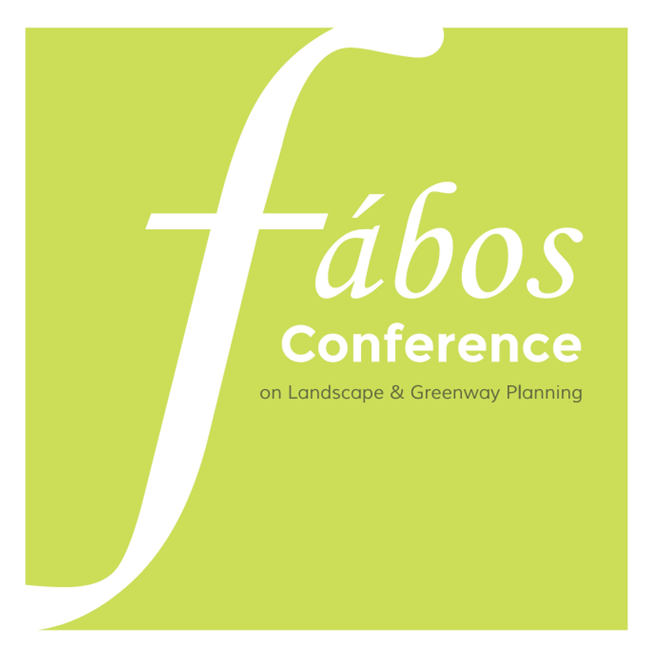Contemporary Cultural Significance of the Lower Jordan River Basin: The Intersection between Jordan River as an Ecological Political Border and the Cultural Significance
Abstract
For centuries, governments have employed landscape features as political boundaries. Beyond their natural beauty and ecological significance as natural elements in the landscape, rivers have served as borderlines, defining cultural identities and facilitating both connections and conflicts. Rivers function as geographical features and symbolize political, cultural, and social divisions, significantly impacting the lives of those residing along their shores and banks. According to the river-continuum theory, rivers should be seen as corridors and part of the ecological network, distinguished by their longitudinal and unidirectional characteristics. This theory states that rivers are essentially passive channels for the movement of materials and nutrients. Consequently, serve as natural borders within the landscape along with its deep cultural and political values. The aim of this research is to identify Jordan River Basin demographic groups that demonstrate more robust modern relationships between cultural significance and the perception of the river's cultural value. The main research questions are:
1. 1.How do different communities within the Lower Jordan River Basin perceive the cultural significance of the region?
2. 2.To what extent do cultural significance and conservation efforts intersect in the Lower Jordan River Basin?
3. 3.What is the effect of Political boundaries on cultural significance of the Lower Jordan River Basin?
The Jordan River serves as a significant case study in understanding the complex interplay between ecological and cultural dimensions. Its role as a political boundary reflects historical treaties and conflicts that have shaped the region's geopolitical landscape. In order to answer the research questions, a survey was distributed in the area of the Jordan river basin in three languages—Arabic, Hebrew, and English— to ensure accessibility for the diverse populations residing the area. The answers then were analyzed statistically using SPSS to explore the correlation between the mentioned variables related to each research question.
The survey results revealed varied perceptions of cultural significance across communities, influenced by historical and social ties. A positive link between cultural significance and conservation efforts is likely, suggesting that cultural heritage drives environmental awareness. Political boundaries may shape or divide cultural identities, impacting shared narratives and fostering either tension or cooperation.
Keywords: cross-cultural perceptions, Transboundary conservation, River Basin Dynamics
How to Cite:
Bzour, A., Valánszki, I. & Mumtaz, A., (2025) “Contemporary Cultural Significance of the Lower Jordan River Basin: The Intersection between Jordan River as an Ecological Political Border and the Cultural Significance ”, Fábos Conference on Landscape and Greenway Planning 8(1). doi: https://doi.org/10.7275/fabos.2427
290 Views
373 Downloads
